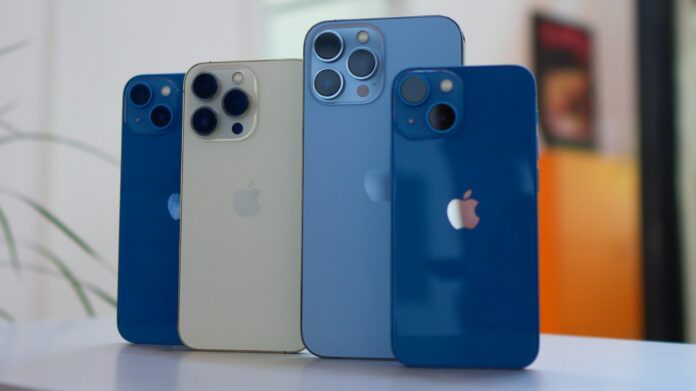It would have stalled for two years, Apple, before admitting they can’t take it anymore, and deciding to take action. In Cupertino, the idea of at least partially disengaging from China would have been born in 2020, when Covid gave a taste of the earthquake that it would have been able to cause without looking at anyone, neither ordinary people nor larger companies and apparently invulnerable. Like Apple, which at the first signs of production stops caused by lockdowns would have started to think abouthypothesis of taking part of the product development out of China.
According to the story of Kuo, who always follows the events of Apple from close range, in Cupertino, however, the idea has always remained the same, “a proposal”if we also want far-fetched. “However – writes the analyst – after the last Chinese lockdown, to reduce the risks associated with the procurement of components, that of creating a new base for product development outside China is no longer a proposal, but a plan [vero e proprio]”. The recent Chinese lockdown has complicated the production of Apple products, mainly the new MacBook Pro and iPhone SE.
Apple’s production for years it is highly dependent on China. Foxconn is Chinese, by far the main player involved in assembling Apple gadgets, and most of the companies that produce the components that end up in Foxconn’s lines are Chinese. Among these, for some time, there is also Buoysmanufacturer – Chinese – dei OLED display that give life to most of the “standard” iPhone 13 that are giving Apple a lot of satisfaction.
And it is not a good time for Boe, who since February – he writes TheElec – would be forced to deal with the production difficulties generated by the shortage of semiconductors. You will understand that the chips that manage the displays are not the emblem of refinement, nothing comparable to the components needed to make CPU and GPU, for example. Nevertheless the crisis is transversalit also affects the “unsuspected” elements such as the ICs needed for displays – not a model of absolute refinement on a technological level.
Boe buys them from LX Semicon, a company he second TheElec boasts among customers also LG, which in a lean period like the current one would have managed to grab those few chips that come out of the production lines, leaving Boe almost dry-mouthed. Like this the supplier would be in extreme difficulty, not only to respect the 40 million iPhone displays envisaged this year by the agreement with Apple, but also the “minimum” objective of 30 million panels: if the difficulties continue, they confided to the TheElec, the downside target is also seriously in jeopardy.













